What is SuperStream?
I recently wrote about SuperStream, the government reform introduced last year to improve the efficiency of the superannuation system, and which provides businesses with a set of standards to ensure super contributions are paid in a timely and consistent manner.
For small businesses, operating with nineteen or fewer employees, the ATO is encouraging them to take steps to become compliant with the new SuperStream measures, before the June 30 deadline in 2016, giving them twelve months to ensure compliance.
We’d heard grumbles from a few small business owners and bookkeepers who felt that SuperStream sounded like just another scheme they needed to become compliant with, which would ultimately end up creating more work for them, so we decided to speak to an expert to find out.
Why is SuperStream Good?
 Margaret Carey is a registered BAS agent, accounting software and cloud specialist, and owner of the accounting software consultancy firm Business EEz. She’s contributed to our blog in the past regarding She agreed to answer a couple of our questions about SuperStream and what it means for small businesses and bookkeepers alike.
Margaret Carey is a registered BAS agent, accounting software and cloud specialist, and owner of the accounting software consultancy firm Business EEz. She’s contributed to our blog in the past regarding She agreed to answer a couple of our questions about SuperStream and what it means for small businesses and bookkeepers alike.
EzyLearn: How does SuperStream change the way small businesses make super contributions for their employees?
Margaret Carey: There are two sides to making a superannuation payment, from the perspective of the employer; firstly, they have to tell the super fund which person they’re paying the money for and the period they’re paying it for, and they have to give that information to the super fund every single time for each of their employees. The second part of the process is actually transferring the money to the super fund. What SuperStream does is it streamlines that entire procedure into a one-step process – so the information has to be provided electronically and the payments paid that way too. SuperStream cuts down the time delay, it cuts down the potential for error, and it ensures the money arrives in the employee’s super fund much more promptly, as well as being fully traceable.
EL: So with SuperStream you can virtually go in and input all of the employee information and also make the payment at the exact same time, like shopping for something online, almost?
MC: Yeah it is, but this is where accounting software really helps people because it takes care of all that for you. All of the small business account software packages are now SuperStream compliant. Just as an example, with Xero, when you set your employees up in the system, you also put in their super fund details, and then when you do your payroll, there’s just a button that you push to create the super fund report, which goes straight off to the super fund and the money goes straight out of your bank account to the super fund; it’s just so straightforward, so much easier than anything else.
EL: Wow, so really SuperStream has made the super process much, much easier?
MC: It has. It really was an administrative nightmare. But I think a lot of people don’t appreciate [SuperStream] and they think, ‘Oh god, another thing I’ve got to comply with,’ but it makes their life so much easier, so I think lots of people are unnecessarily worried about it when, in fact, it makes life easier and automates things a lot more. A lot of people, anyway, without realising are already SuperStream compliant; it’s just now that they’re being told they absolutely have to be, but I think it’s a really good initiative.
EL: So the Australian Government has also set up a Superannuation Clearing House for small businesses, how does that work – do you still use your accounting software? How does that fit into the SuperStream picture?
MC: If someone is using an up-to-date accounting software – and all accounting software has to be compliant now – then they’re probably better off just doing it through their accounting software. Each accounting package has a clearing house linked into it – Xero, for instance, uses ClickSuper – so there’s no need to use Australian Government’s clearing house. But I’ve got other clients who aren’t up-to-date with their accounting software subscriptions or they’ve got old versions of MYOB and they haven’t got the SuperStream compliance function there, so they use the clearing house. But you would only use that now, in my mind, if you were not using any payroll accounting software. Mostly, I think people would or should be looking to use their accounting software because you haven’t got to do anything extra – it’s all there; press two buttons and it’s done.
EL: What else can you tell me about SuperStream that businesses or bookkeepers should be aware of that we haven’t already discussed?
MC: There is just one slight difficulty with self-managed super funds. Because you have to send everything electronically, self-managed super funds have to have some sort of messaging service. So let’s say I have a self-managed super fund and I’m an employee, then I would give my employer all my super fund details and I would have to get a messaging service so that they could put that into their records so a message would get sent to my self-managed super fund each time they make a contribution, so that’s a bit of an overhead for people with self-managed funds. But other than that, I support it. It’s a really great initiative.
We concur and recommend the main accounting software providers
SuperStream is a great initiative that helps streamline the superannuation process for business owners and bookkeepers, providing, of course, that you have a current subscription to an accounting package that has Australian operations, such as Xero, Reckon, MYOB, Quickbooks, and Saasu. Any overseas-only based accounting packages, like Zoho, won’t be compliant with SuperStream, just as they can’t cater for BAS either, so for businesses that need an accounting package with payroll capabilities, it’s best to shop local.
To ensure you’re SuperStream compliant, you need to set up the payroll component of your accounting software. Our MYOB and Xero training courses both cover payroll, which includes how to set up an employee and their super details. Visit our website for more information or enrol in a training course today.


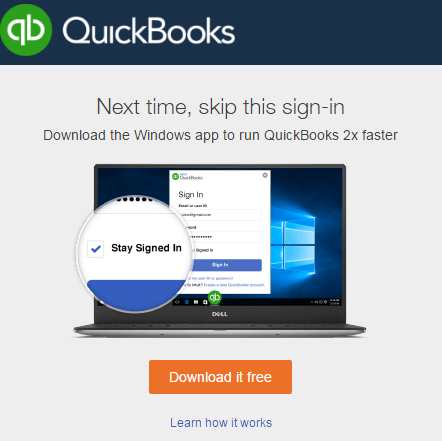
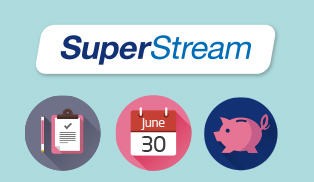 In July last year, EzyLearn published
In July last year, EzyLearn published  Margaret Carey is a registered BAS agent, accounting software and cloud specialist, and owner of the accounting software consultancy firm
Margaret Carey is a registered BAS agent, accounting software and cloud specialist, and owner of the accounting software consultancy firm 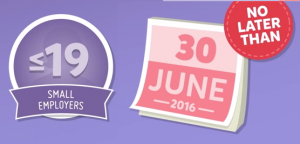
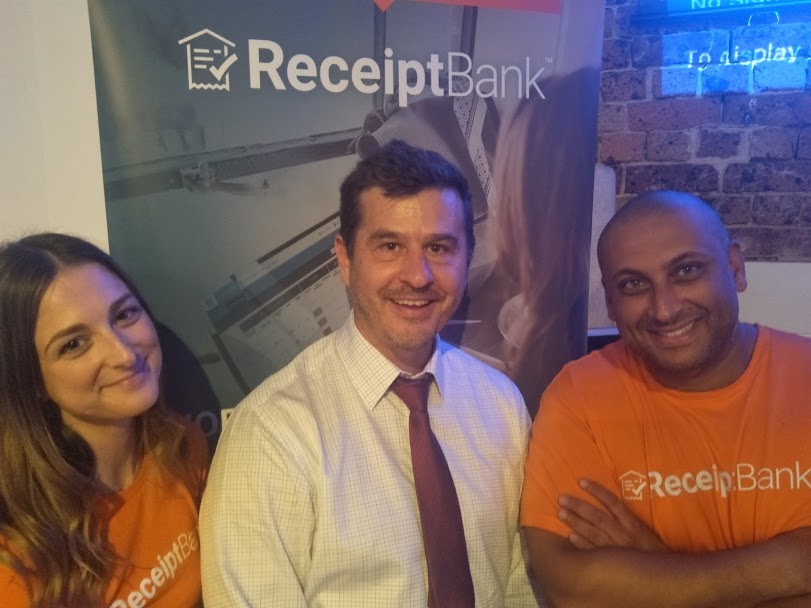


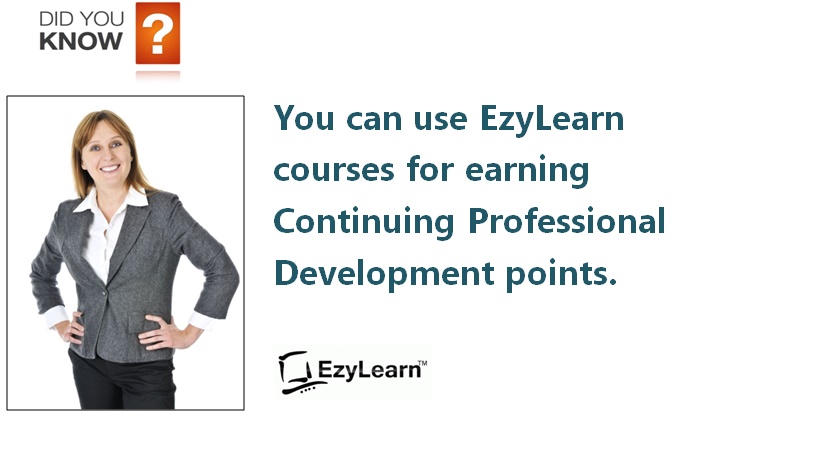

 At EzyLearn we are constantly refreshing the content of our online training courses. Relevant to those of you doing Payroll, might be our
At EzyLearn we are constantly refreshing the content of our online training courses. Relevant to those of you doing Payroll, might be our 

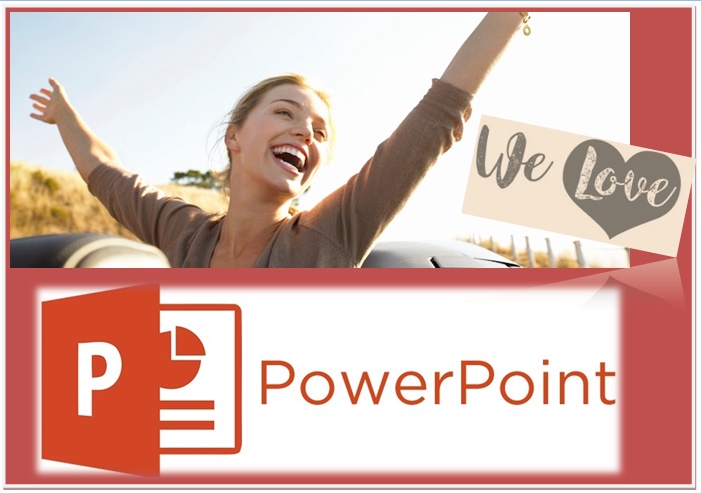

 Most businesses using an accounting program like MYOB or Xero will use the included payroll package to manage their employees’ payroll. For businesses with only a few employees, however, the additional payroll function is an unnecessary expense.
Most businesses using an accounting program like MYOB or Xero will use the included payroll package to manage their employees’ payroll. For businesses with only a few employees, however, the additional payroll function is an unnecessary expense. 











